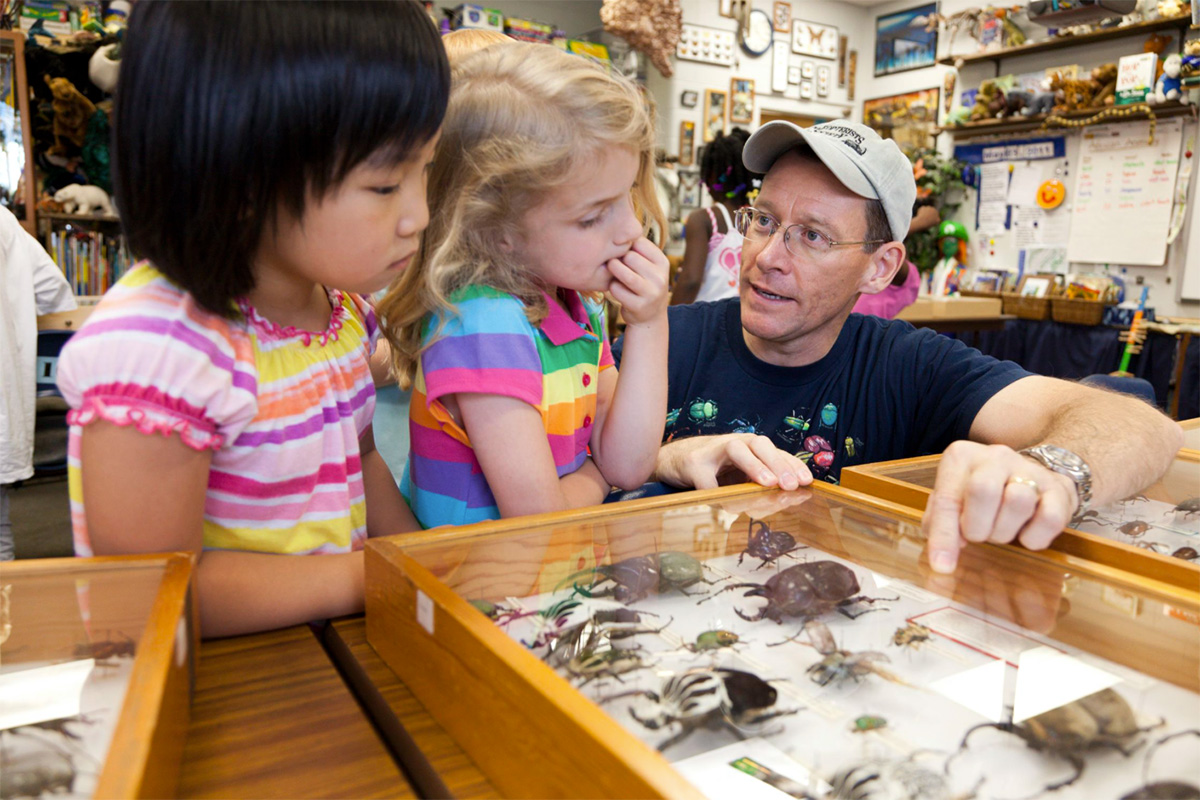By Mike Isbell
University of Georgia
They looked like hair balls a cat had coughed up, except they
were alive.
I found the impressively hairy caterpillars in a covered plastic
cup sitting on my desk. A note taped to the cup read, “Mike, I
found these things eating up my bushes. What are they?”
It didn’t take but one look to know they were puss caterpillars.
These caterpillars are pale yellow, gray or reddish brown, about
an inch long and densely covered with long, velvety hair.
If you’re the curious type, you may want to pick one up. But
don’t do it. Don’t be fooled by that velvety hair.
Poisonous spines
Among the hairs are hollow spines with venom. A sting on your
hand can cause your entire arm to swell and become numb — after
the intense pain goes away. Then you’ll probably scratch yourself
to death from the itching.
I walked across the street and found my friend Page, who had
brought the caterpillars to me to identify. “Make sure you don’t
touch those things,” I told him.
“Well, what in the world are they?” he asked.
I told him about the poisonous spines and that the caterpillars
feed on the leaves of various hardwood trees and shrubs. The
caterpillars turn into moths known as southern flannel moths.
“Man, I’m going to go home and kill every one of those critters,”
he said.
25 species
There are about 25 species of poisonous caterpillars. Luckily,
their contact with people is uncommon. Some of them have very
unusual shapes and colors. The poisonous spines are a defense
mechanism, and the colorful patterns and unusual body shapes
serve as a warning to their enemies.
The puss, saddleback and hag moth caterpillars are the most
common poisonous ones around here.
You usually don’t need to control them, since you don’t normally
come into contact with them. But if they’re “eating up your
bushes” or if you see a number of them feeding on foliage in
areas where children play, you might want to get rid of them.
But don’t be tempted to touch them after they’re dead. Even dead
caterpillars can still cause painful stings.
(Mike Isbell is the Heard County Extension Coordinator with
the University of Georgia College of Agricultural and
Environmental Sciences.)



